Introducing The Infrastructure Cloud
Do cloud right with The Infrastructure Cloud from HashiCorp. Unlock developer potential while controlling cloud costs and risk.
Today HashiCorp is excited to introduce The Infrastructure Cloud to help organizations and their development teams make the most of their cloud investment. Our goal is to help these teams ship code quickly while minimizing cloud costs and security risks.
The Infrastructure Cloud isn’t a new product. Instead, it’s a new way for the HashiCorp products to deliver value more quickly via the HashiCorp Cloud Platform (HCP), a unified SaaS platform for infrastructure and security lifecycle management. As part of this announcement, we’re bringing Terraform to HCP, and Terraform Cloud is now HCP Terraform.
The Infrastructure Cloud is the result of more than a decade of experience working with thousands of customers to deeply understand what leads to successful cloud adoption.
»Move fast while maintaining control of your cloud estate
Successful cloud adoption requires successfully managing cloud applications, infrastructure, and security — the cloud application value chain.
»The 3 lifecycles of the application value chain
The application value chain describes the three systematic processes necessary to deliver cloud applications and maintain control over cloud infrastructure and security. The first, often more familiar to organizations, is Application Lifecycle Management (ALM), which focuses on the process to code, test, and deploy applications. The second is Infrastructure Lifecycle Management (ILM), which focuses on the process to build, deploy, and manage infrastructure to run applications. Finally, Security Lifecycle Management (SLM) focuses on the process to protect, inspect, and connect machines, users, and applications. Each of these processes is an equally important part of the application value chain in the cloud.
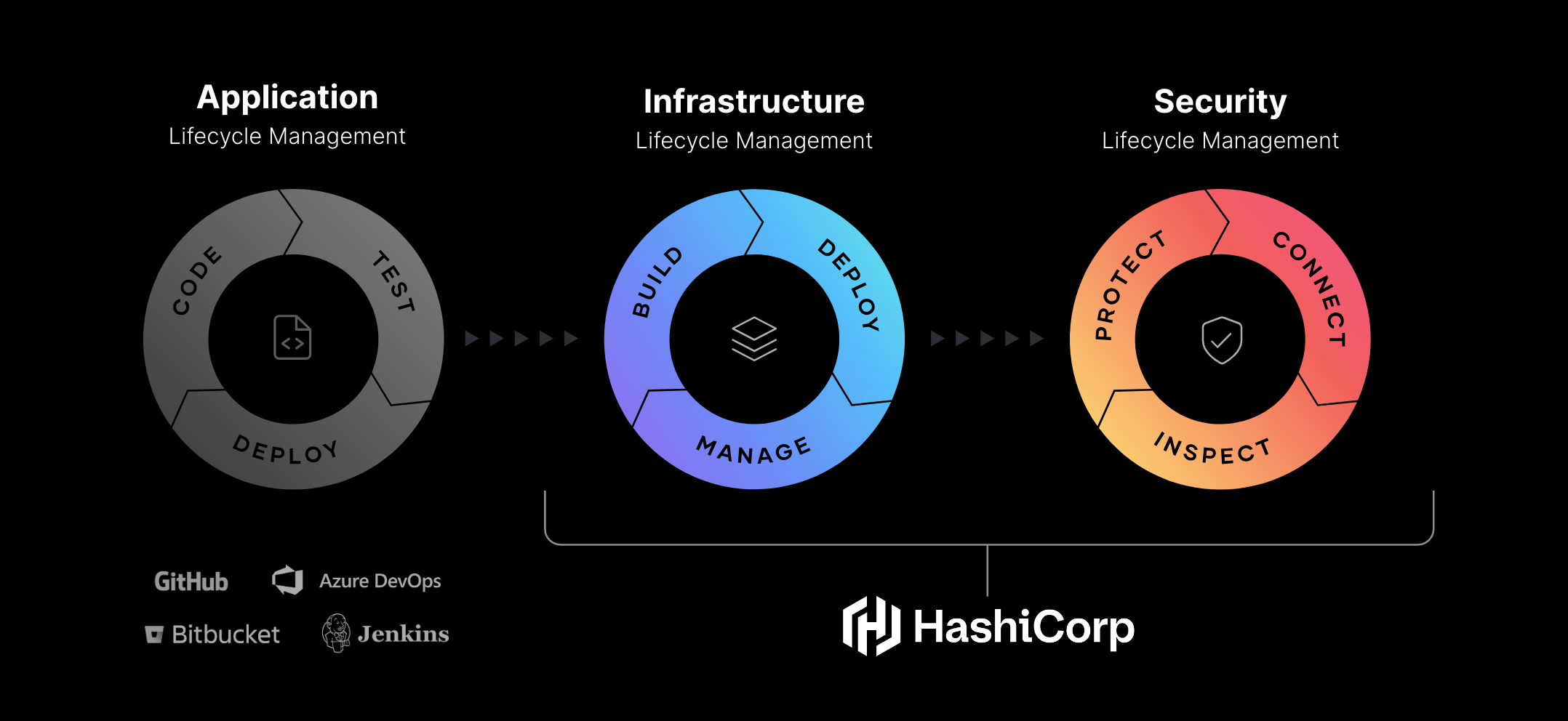
»Lifecycle management beyond Day 0
During cloud migrations, many organizations invest heavily in accelerating application deployment. They focus on Day 0, often neglecting critical Day 1 to Day N activities like managing infrastructure changes, protecting credentials, inspecting security logs, destroying no-longer-needed infrastructure, and more. But failing to address challenges beyond Day 0 can lead to outages, security failures, and wasteful spending.
You can learn more about the three cycles of the concept of lifecycle management in a new video from Armon Dadgar, HashiCorp co-founder and CTO.
»The Infrastructure Cloud
Over the past decade, HashiCorp has delivered a portfolio of infrastructure and security products as self-managed offerings. Many of the organizations we’ve worked with have emphasized the importance of delivering ILM and SLM on a platform that provides cross-product workflows, a cloud system of record, and enterprise-grade capabilities. Working with our customers convinced us to deliver these capabilities as part of a unified cloud platform, which is both easier to consume and operate. These guiding principles are the focus of our investment in the HashiCorp Cloud Platform.
»HashiCorp Cloud Platform
With the HashiCorp Cloud Platform, customers can experience the following benefits:
- Faster onboarding: HCP products can be up and running in minutes because you don’t need to set up an environment to run them.
- Cross-product workflows: With all core HashiCorp products now hosted on the same HCP platform, the products share data more easily, and more workflows can be purposefully designed to take advantage of multiple products.
- Latest capabilities: As new features are released to products on the HCP SaaS platform, you always have access to the latest capabilities and updates.
- Scale on demand: HCP can support whatever capacity organizations may require, whenever it is needed.
- High availability: Your ILM and SLM platform is mission-critical, so these systems must be highly available. HCP-based products include high availability by design, while running self-managed products often requires additional investment.
- Lower total cost of ownership (TCO): Since HashiCorp manages products in the HCP portfolio, organizations can run their infrastructure and security processes with leaner teams, reducing overall operating costs and allowing organizations to apply more resources to their core competencies.
»Infrastructure Lifecycle Management
Infrastructure Lifecycle Management starts with creating new infrastructure — such as a virtual machine, a Kubernetes cluster, or a Lambda function — using infrastructure as code. Once this infrastructure is created, it will likely need to be updated many times during its lifecycle — due to image patching, scaling up or down, running a new version, adding new features, fixing bugs, etc. Changes may also result from new business requirements. Perhaps the application now needs to be PCI compliant, requiring application of a new set of policies.
Being able to create the asset quickly, with all the right governance policies applied before deployment, is important, but the ongoing set of activities managing this asset to ensure continued productivity while minimizing cost and risk is equally critical. Finally, the system should automatically reclaim these resources when they’re no longer needed.
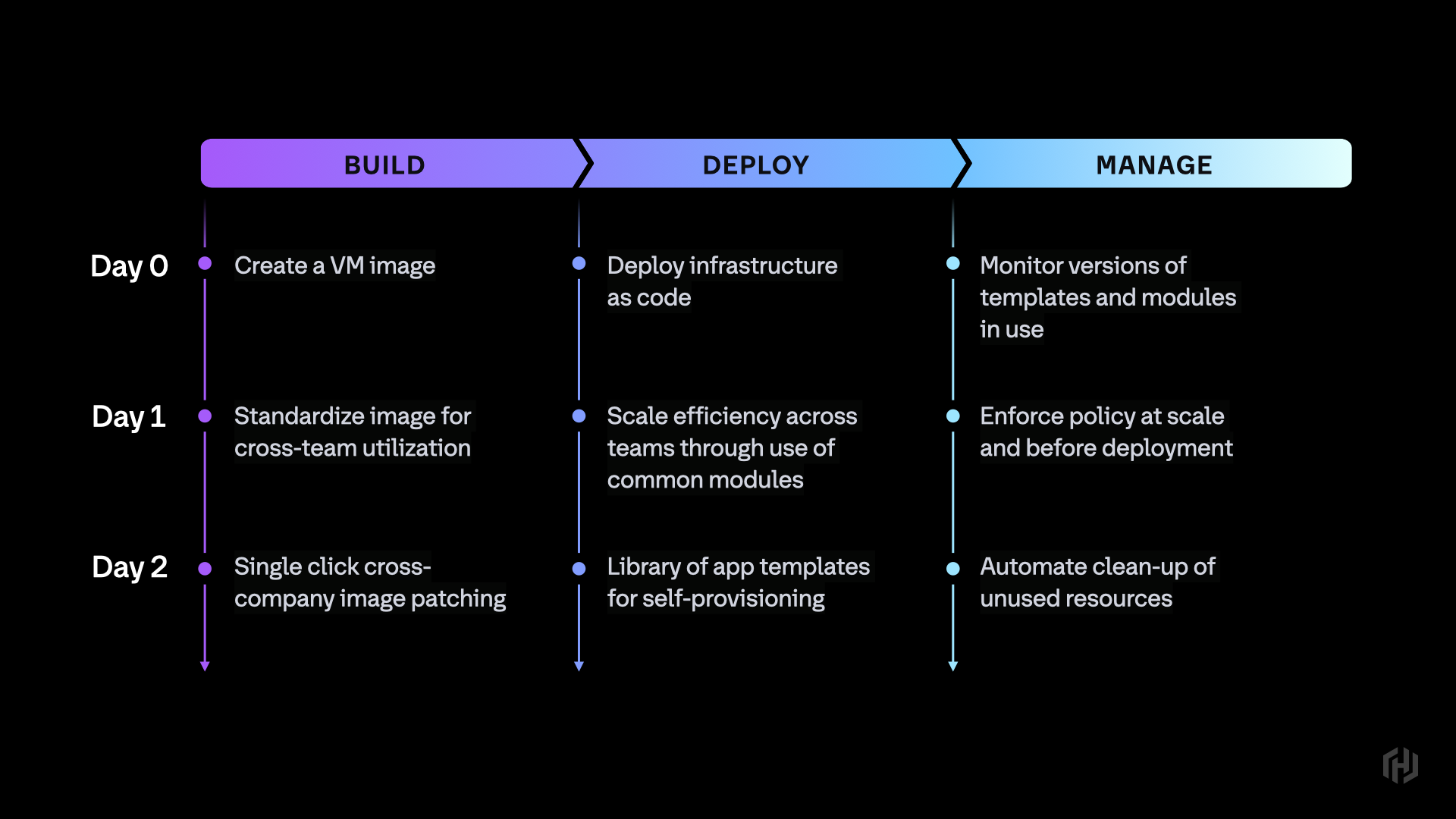
To address infrastructure lifecycle management, HCP provides well-integrated infrastructure as code workflows, a system of record for cloud resources, and the capabilities to manage the lifecycle of infrastructure.
The HashiCorp products that underpin Infrastructure Lifecycle Management are:
- Terraform: As noted above, HashiCorp Terraform Cloud is now HCP Terraform. This is a major step toward our goal of offering a unified HCP experience using a single workflow to let organizations rely on infrastructure as code to provision their cloud, networking, private datacenter, and SaaS infrastructure and continuously manage infrastructure throughout its lifecycle.
- Packer: Organizations can use a single workflow to build cloud and private datacenter images and continuously manage the lifecycle of images in provisioning pipelines.
- Waypoint: Users can create an internal developer platform (IDP) to enable platform teams to deliver golden patterns and workflows to manage applications at scale in any environment. HCP Waypoint is currently in beta, and scheduled to be generally available in 2024.
- Nomad: Bring modern, multi-tenant compute orchestration and application scheduling to any type of software. Self-managed only, Nomad manages containers, binaries, and virtual machines efficiently in the cloud, on-premises, and across edge environments.
»Security Lifecycle Management
Security Lifecycle Management involves protecting secrets, certificates, and other credentials, inspecting your digital estate for unsecured credentials, and connecting authorized machines, services, and people. The process starts with the creation of a secret, perhaps for something as simple as enabling an application to talk to a database. This secret will need to be rotated regularly, and many organizations still spend thousands of hours manually rotating secrets, or simply don't rotate them often enough — or at all. And, of course, this rotated secret might require a refresh of the associated infrastructure to pick up that new secret, emphasizing the interconnected nature of ILM and SLM. Ultimately, when the associated application is no longer needed and is decommissioned, the secret should also be destroyed to limit the potential attack surface.
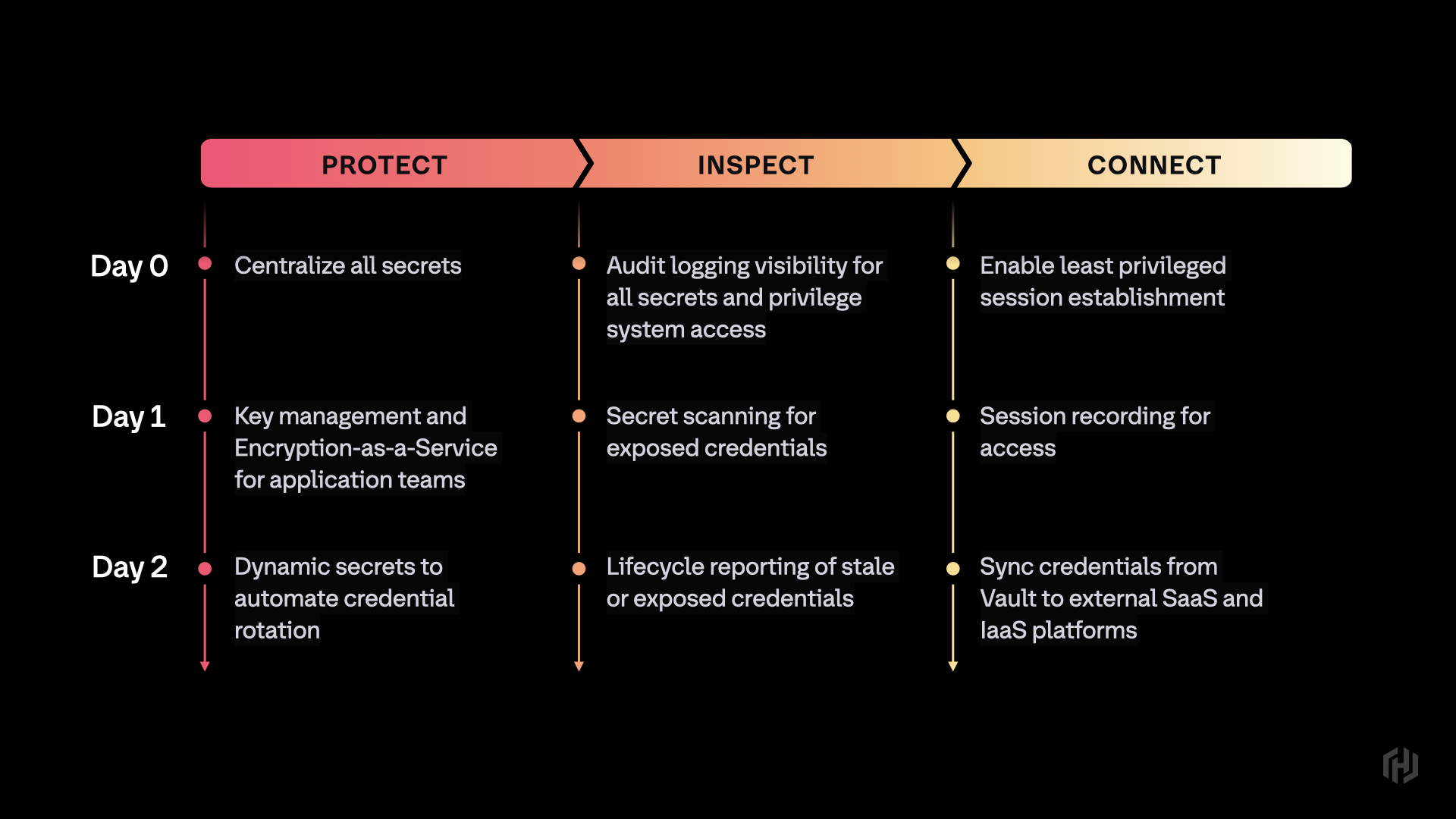
To address Security Lifecycle Management, HCP provides well-integrated identity-based security workflows, a system of record for sensitive information (credentials, certificates, keys, customer data), and the capabilities to manage the lifecycle of security.
The HashiCorp products that underpin Security Lifecycle Management are:
- Vault: A secrets management solution for storing, distributing, and rotating secrets; as well as brokering access between people, machines, and services.
- Boundary: A modern approach to remote user access and privileged access management (PAM) using identity-driven controls to secure user access across dynamic environments.
- Consul: An identity-based approach to service networking for service discovery, secure communication, and network automation across multiple cloud and runtime environments.
»The way to do cloud right
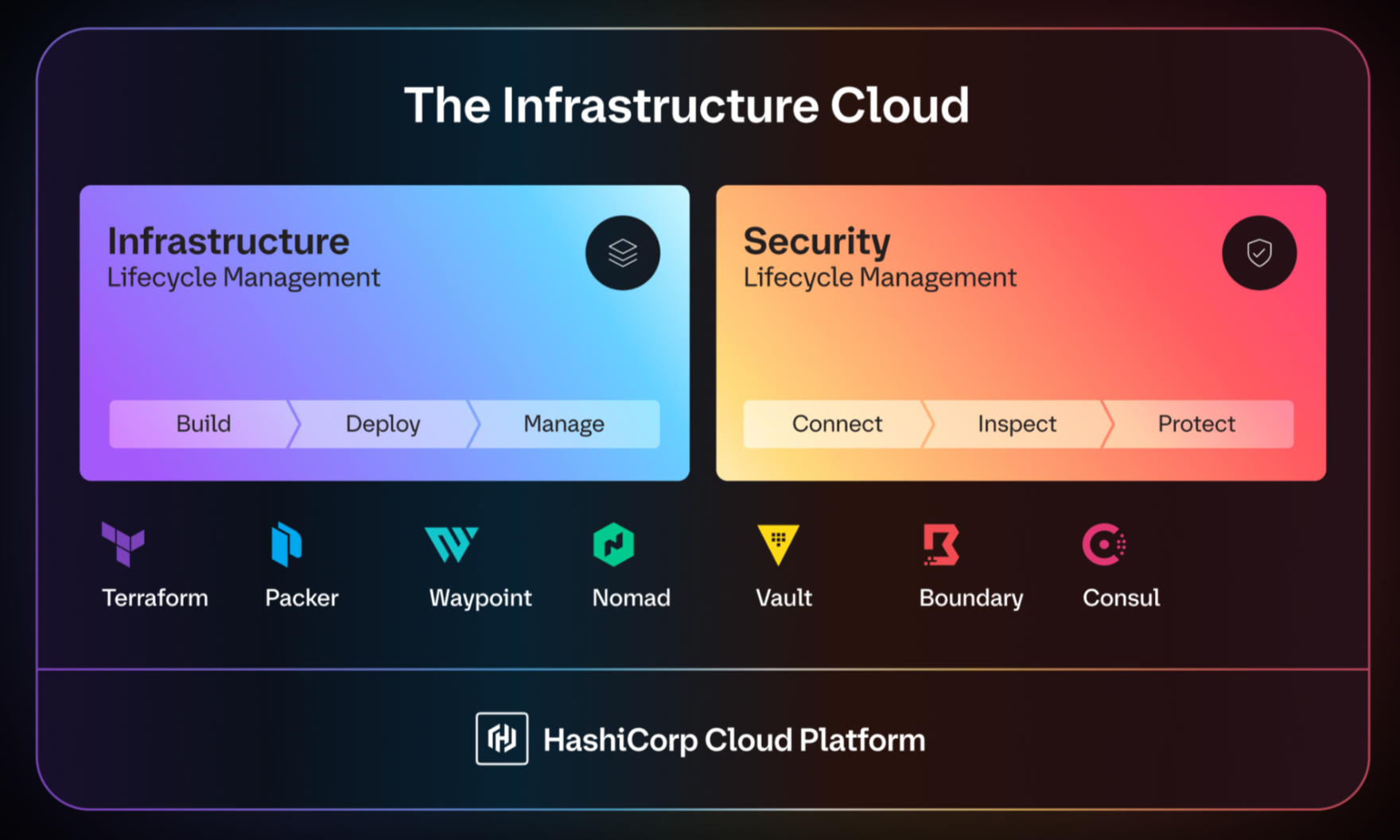
Cloud can be hard to get right. With effective Infrastructure Lifecycle Management and Security Lifecycle Management on The Infrastructure Cloud, HashiCorp provides the right foundation and scalable cloud principles to help get you there — and our products are already in production at hundreds of the world’s largest organizations. The Infrastructure Cloud is here to help you do cloud right.
To learn more about The Infrastructure Cloud:
- Read The Infrastructure Cloud white paper
- Visit The Infrastructure Cloud home page
- Visit the Infrastructure Lifecycle Management page
- Visit the Security Lifecycle Management page
- Check out The Infrastructure Cloud press release
- Watch the How does The Infrastructure Cloud work? video
Sign up for the latest HashiCorp news
More blog posts like this one

Access Google Cloud from HCP Terraform with workload identity
Securely access Google Cloud from HCP Terraform using workload identity federation, eliminating the need to store service account keys.
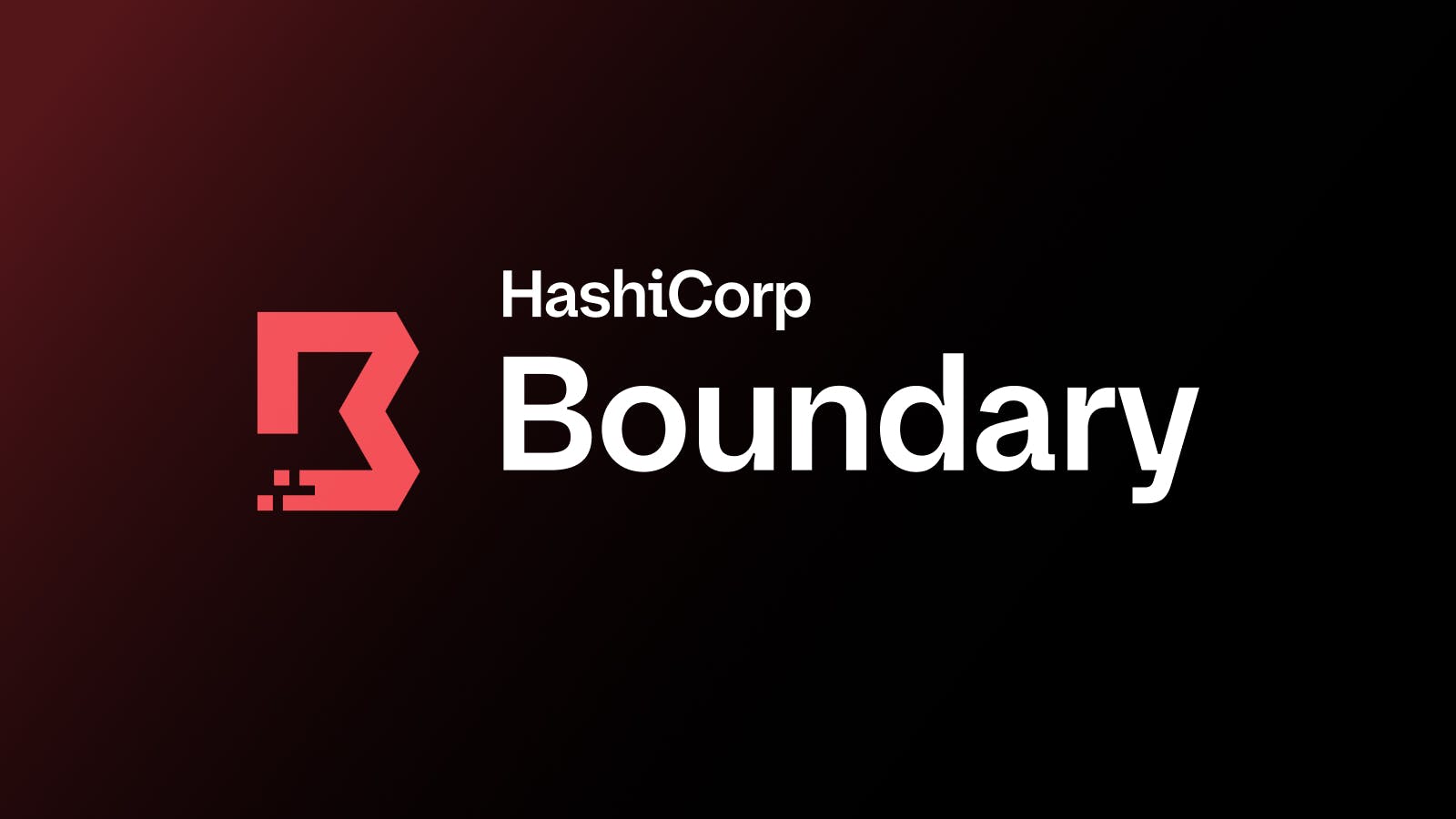
Boundary 0.16 adds aliases, MinIO storage, and improved search
Boundary 0.16 improves user experience and governance by enabling simplified target connection with custom resource aliases, flexible storage options for session recordings with MinIO, and improved search and filtering.
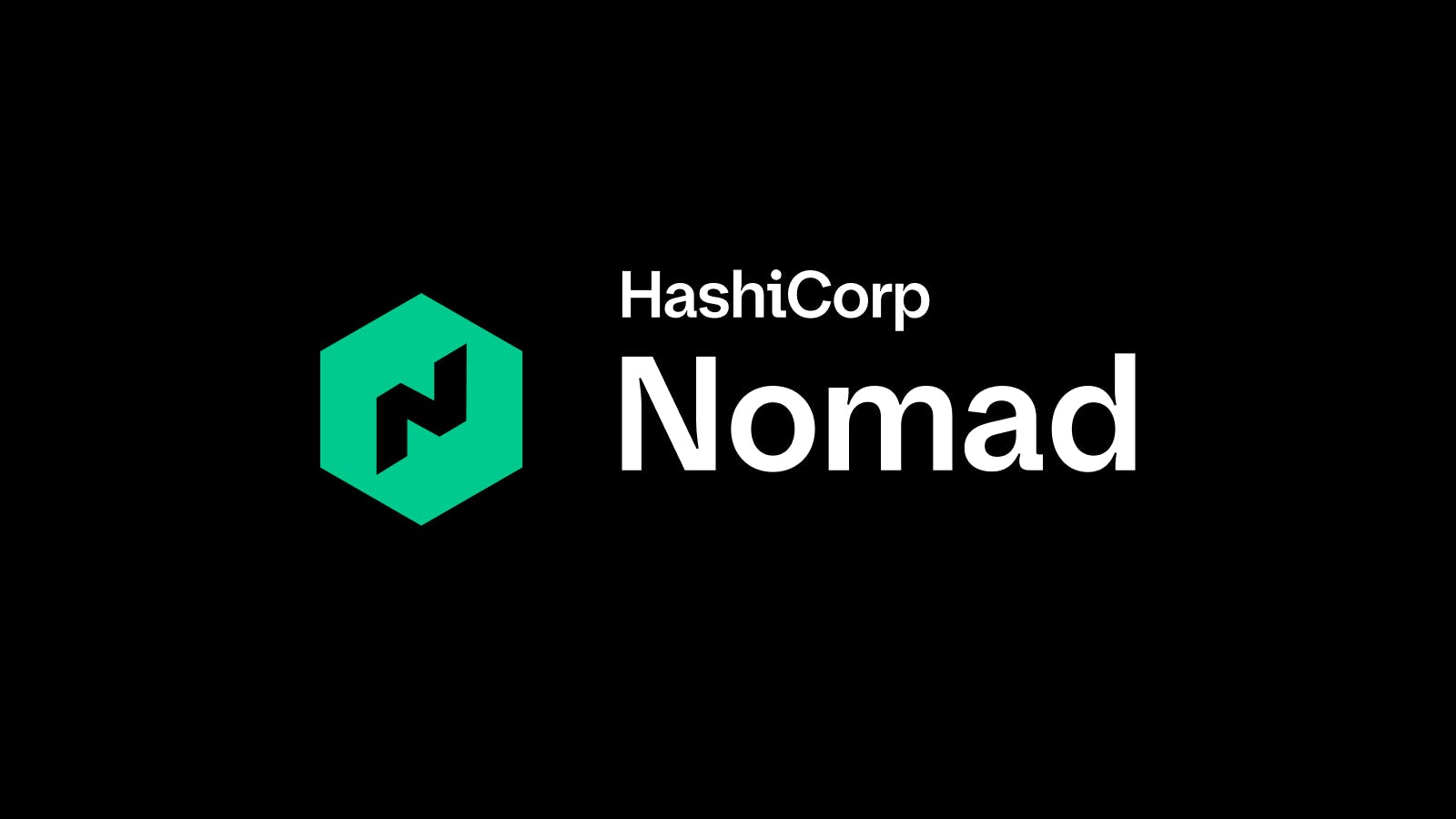
Running Vault on Nomad, Part 1
Learn how to deploy the underlying HashiCorp Nomad infrastructure and configuration to run HashiCorp Vault as a Nomad job.